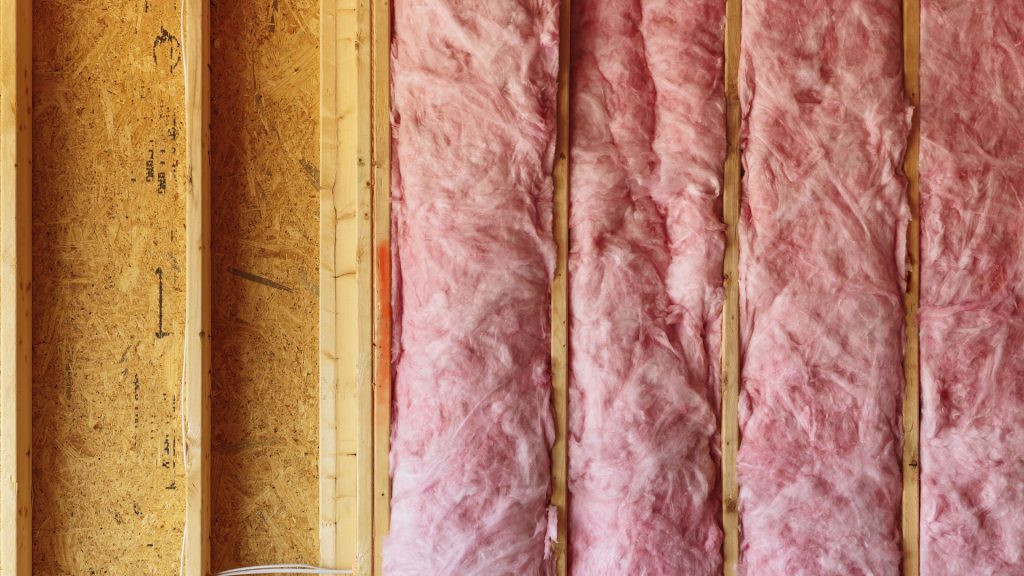The Role of Insulation in Fire Prevention and Containment
2 min read
In today's world, fire safety is of utmost importance. Whether it's in residential, commercial, or industrial settings, the ability to prevent and contain fires is crucial. One key element in fire safety measures is insulation. In this blog post, we will explore the question: Does insulation stop fire spread? We will delve into the various aspects of insulation and its role in preventing and containing fires. By understanding the science behind insulation and its effectiveness, we can make informed decisions to enhance fire safety in different environments.
- Understanding Fire Spread:
Before we delve into the role of insulation, it's essential to understand how fires spread. Fires require three elements to sustain: heat, fuel, and oxygen. When these elements come together, a fire can rapidly propagate, endangering lives and property. Fire spread can occur through direct flame contact, radiant heat transfer, or the transport of hot gases and smoke. - The Function of Insulation:
Insulation plays a vital role in fire prevention and containment by impeding the spread of flames, reducing heat transfer, and limiting the availability of oxygen. It acts as a barrier, slowing down the progression of fire and providing valuable time for evacuation and firefighting efforts. Insulation materials with high fire resistance ratings are particularly effective in preventing fire spread. - Types of Insulation Materials:
There are various types of insulation materials available, each with its own fire-resistant properties. Some commonly used insulation materials include mineral wool, fiberglass, cellulose, and foam. These materials are designed to withstand high temperatures and resist ignition, thereby inhibiting the spread of fire. - Fire Ratings and Standards:
To ensure the effectiveness of insulation in fire prevention, it is essential to consider fire ratings and standards. Fire ratings classify materials based on their ability to resist fire and prevent its spread. Standards such as the ASTM E84 and UL 723 provide guidelines for evaluating the fire performance of insulation materials. By selecting insulation materials that meet or exceed these standards, we can enhance fire safety measures. - Application of Insulation in Different Settings:
Insulation finds application in various settings, including residential, commercial, and industrial buildings. In residential buildings, insulation in walls, floors, and attics can help prevent the spread of fire between rooms and floors. In commercial and industrial settings, insulation in ductwork, pipes, and electrical systems can contain fires and limit their impact on operations.
Conclusion:
In conclusion, insulation plays a crucial role in fire prevention and containment. By impeding the spread of flames, reducing heat transfer, and limiting the availability of oxygen, insulation materials contribute to enhanced fire safety. Understanding the science behind insulation and considering fire ratings and standards are essential in selecting the right materials for different settings. By prioritizing fire safety measures and utilizing effective insulation, we can create safer environments for ourselves and future generations.

